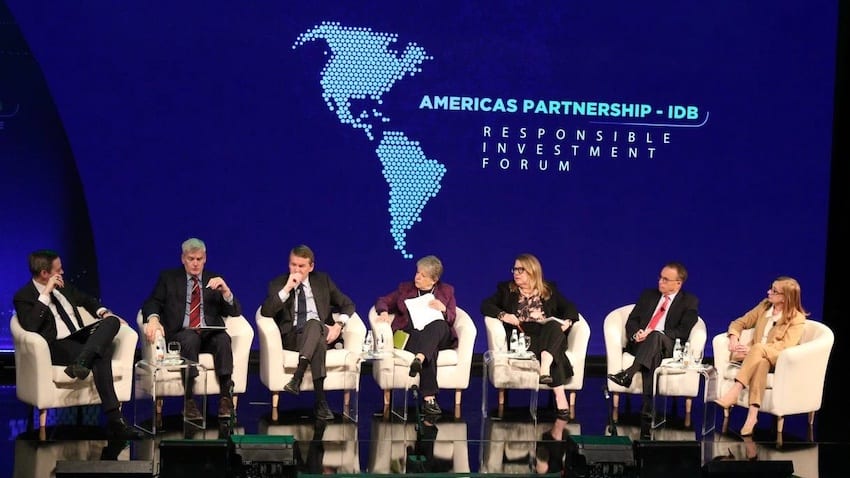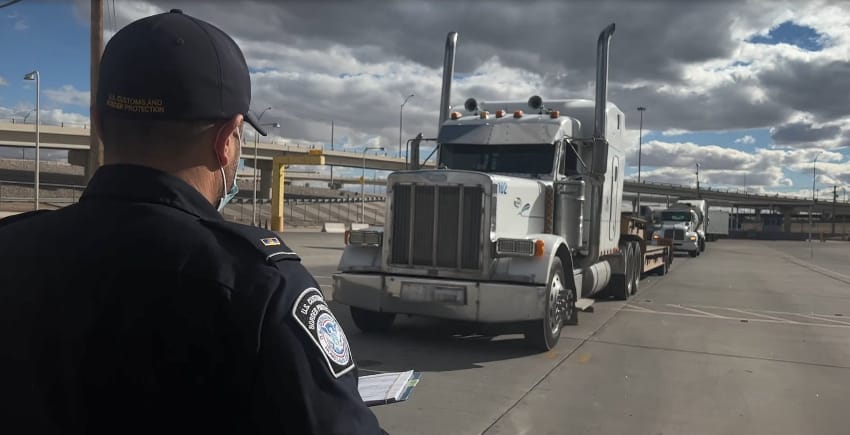Mexican Foreign Affairs Minister Alicia Bárcena has called for U.S. support to “modernize” the border between the two countries, to encourage international investment and promote cross-border trade.
Speaking at the Responsible Investment Forum organized by the Inter-American Development Bank (IDB) in Washington on Thursday, Bárcena said that Mexico has an opportunity to become “the country of relocation and nearshoring,” but “we do not want to do this alone.”

“We really want to control drug trafficking and arms smugglers, but at the same time we want to provide better infrastructure for trade, and therefore we have to modernize the border,” she said.
Bárcena also said that international investment and the support of institutions such as the IDB would be an essential part of this process, as that “is how the security of the border is guaranteed.”
Mexico is now the top trading partner of the United States, with the exchange of goods between the two countries reaching nearly US $400 billion in the first six months of this year. Much of this can be attributed to nearshoring, as companies relocate operations from Asia to Mexico to take advantage of access to the U.S. market.
“We are working on a strategy to make sure that North America can generate, for example, the production of semiconductors and conductors and attract companies that are doing it in Asia to bring them to North America,” Bárcena said.

Concerns over security and migration have been a significant obstacle to the movement of goods between the two countries. In September and October, border crossings between Mexico and Texas were snarled for several weeks, after Texas Governor Greg Abbott ordered more stringent inspections of cargo entering the United States, suspending cargo processing entirely at some crossings. Mexico’s National Chamber of Trucking estimated this held up more than US $1.5 billion of exports.
A similar episode occurred in April 2022, which only eased after Nuevo Laredo Governor Samuel García agreed to install new checkpoints on the Mexican side of Nuevo León’s border with Texas.
Months later, Mexico agreed to invest US $1.5 billion in border infrastructure between 2022 and 2024. In September this year, a new state-of-the-art checkpoint was installed at the Puerto Colombia border crossing in Nuevo León, which Governor García boasted would be “the safest and fastest customs office in North America.”
However, this is only one of the 53 border crossings between Mexico and the U.S. At Thursday’s IDB forum, Bárcena stressed that a successful strategy would need to “incorporate the rest of the region.”
With reports from Forbes and El Universal
